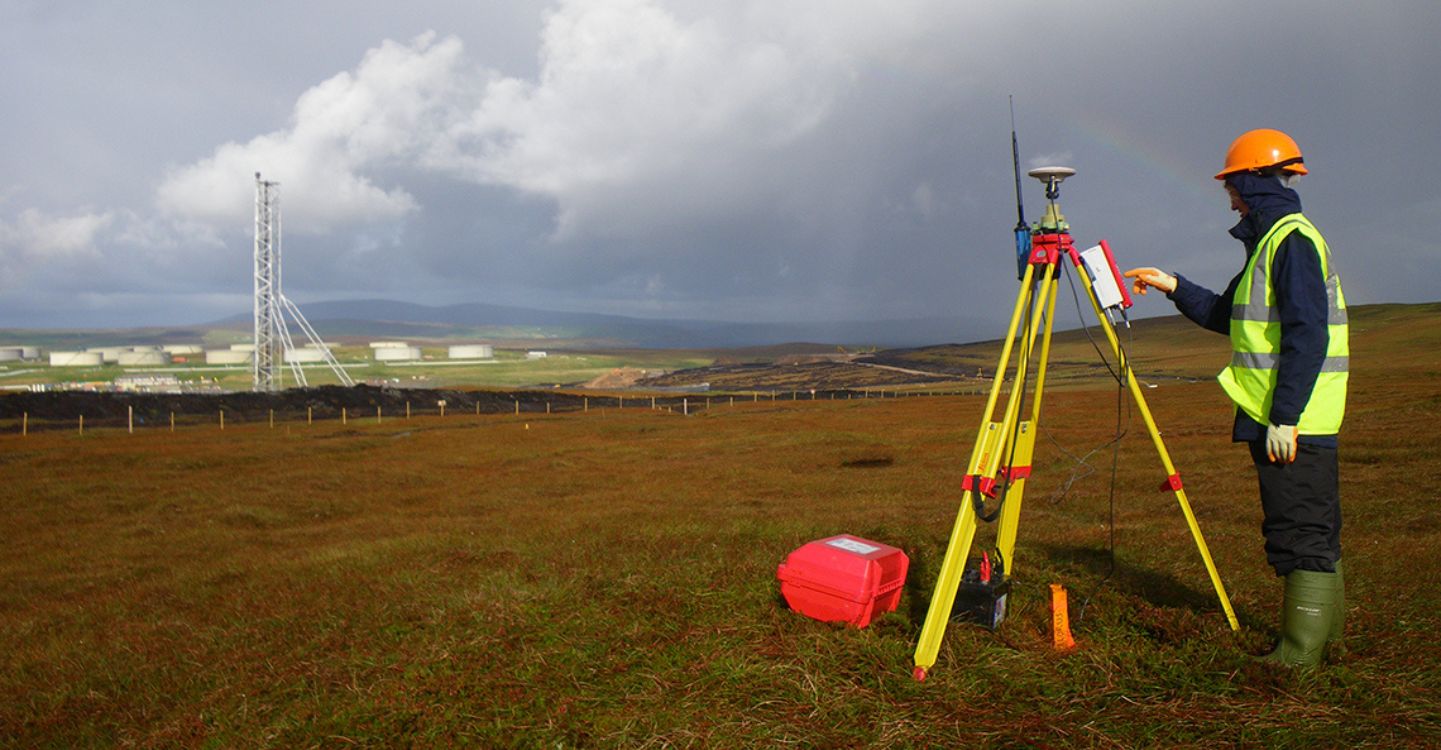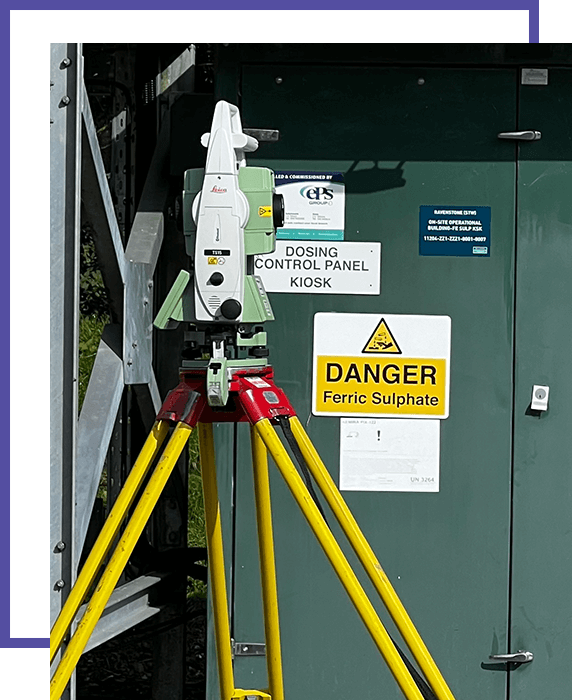Vital Tools and Techniques in Laying Out Design
The discipline of setting out design depends greatly on a collection of crucial tools and strategies that underpin the precision and effectiveness of job implementation. Instruments such as property surveyor's levels, overall terminals, and progressed GPS modern technology are indispensable for establishing precise recommendation points. Additionally, the integration of typical methods with modern methods, including geospatial evaluation and 3D modeling, offers significant advantages in visualizing site conditions. Recognizing exactly how these components engage is vital for boosting and reducing mistakes task outcomes, yet the subtleties of their application usually remain overlooked. What implications does this hold for future design techniques?
The Importance of Accurate Dimensions

The value of precise dimensions extends beyond plain compliance; they are essential to the overall efficiency of design processes. Mistakes can bring about worldly waste, project hold-ups, and enhanced labor expenses, eventually affecting the project's lower line. Specific dimensions enhance the top quality of the final item, making sure that it carries out as meant and satisfies the assumptions of stakeholders.
In addition, the significance of precise measurements is obvious in different design disciplines, including civil, mechanical, and electric engineering. Each area demands a distinct method to measurement, yet the underlying requirement for accuracy remains continuous. As jobs become increasingly complex, the reliance on exact measurements will only magnify, highlighting the demand for continual developments in dimension methods and modern technologies. Therefore, fostering a culture that prioritizes precision is vital for the future of design.
Vital Tools for Laying Out
Laying out, an important phase in the design and building procedure, relies greatly on details tools that guarantee exact place and alignment of frameworks. Amongst these tools, the property surveyor's degree stands out, supplying accurate straight measurements important for developing referral points. This instrument enables designers to establish elevation adjustments and preserve uniformity throughout the project website.
The total amount terminal is one more essential device, integrating electronic distance dimension with angular measurement capabilities. This technology enhances effectiveness and accuracy in capturing spatial information, permitting effective website layout and planning.
Furthermore, making use of determining tapes and marking tools, such as chalk lines or stakes, is basic for temporarily marking borders and crucial points on the site. These fundamental tools, though simple, are crucial for making sure clear interaction amongst the building group pertaining to task requirements.
Last but not least, general practitioner innovation has actually gotten grip in setting out processes, supplying real-time positioning data and substantially boosting accuracy over traditional methods. Jointly, these essential tools develop the backbone of effective laying out methods, eventually adding to the successful execution of design and construction jobs.
Advanced Checking Methods
Advanced checking techniques play a pivotal duty in improving the precision and efficiency of engineering projects. These strategies include a series of approaches that offer exact data for layout and building and construction. Traditional approaches, such as leveling and triangulation, have evolved right into a lot more sophisticated techniques, including Total Terminal surveys and International Navigating Satellite Equipment (GNSS)
Overall Station gadgets integrate digital theodolites with distance dimension abilities, permitting surveyors to collect exact place information with wonderful rate. This innovation considerably lowers errors related to manual dimensions and offers real-time information processing. Furthermore, GNSS supplies unequaled precision for massive jobs by making use of satellite signals to figure out specific positioning, which is vital for straightening structures and making sure conformity with layout specifications.
Along with these devices, progressed techniques also integrate geospatial evaluation and 3D modeling. These approaches enable engineers to picture terrain and blog here site problems extra effectively, helping with better decision-making during the planning phase. By employing these sophisticated evaluating techniques, engineering jobs can accomplish better accuracy in format, lower rework, and inevitably boost total task success.
Digital Modern Technology in Design
The assimilation of digital technology has actually transformed design methods, enhancing both performance and precision across numerous disciplines. Devices such as Structure Details Modeling (BIM) help with the visualization and management of complex projects, permitting designers to team up seamlessly and make informed choices. This modern technology allows the development of detailed 3D models, which can be assessed for architectural honesty and efficiency prior to building and construction begins.

The application of man-made intelligence and maker understanding in design processes better enhances anticipating upkeep and optimization of sources. On the whole, digital modern technology is improving the engineering landscape, driving development, and ensuring that jobs are finished with greater effectiveness and lowered risk.
Finest Practices for Execution
When carrying out electronic technology in engineering, it is vital to establish a strategic method that lines up with task objectives and organizational capacities. An extensive analysis of existing operations and technology framework is vital to article source recognize voids and opportunities for improvement. Involving stakeholders early while doing so cultivates partnership and guarantees that the innovation satisfies customer demands.

Job supervisors ought to embrace a repetitive execution strategy, permitting adjustments based upon real-time feedback and performance evaluations. This nimble method not only minimizes threats however likewise advertises continual renovation by including lessons found out.
Verdict
In final thought, the combination of crucial devices and progressed strategies in laying out design is essential for ensuring accuracy in dimensions and effective job execution. Employing tools such as surveyor's degrees, complete terminals, and GPS innovation, together with modern-day evaluating approaches, improves accuracy and reduces the possibility of mistakes. Embracing best practices in execution additionally enhances these processes, ultimately cultivating enhanced job end results in the design and building and construction markets.
The self-control of setting out design counts greatly on a collection of crucial tools and strategies that underpin the precision and efficiency of job execution.Furthermore, the importance of exact measurements is evident in numerous engineering self-controls, including civil, mechanical, and electrical design. By employing these innovative checking strategies, design tasks can attain higher accuracy in format, minimize rework, and eventually enhance general project success.
On the whole, digital innovation is reshaping the engineering landscape, driving development, and ensuring that projects are completed with higher efficiency and minimized risk (setting out engineering).In verdict, the combination of vital devices and advanced methods in establishing out engineering is vital for making sure accuracy why not try these out in measurements and successful task implementation
Comments on “The Essential Role of Setting Out Engineering in Modern Construction”